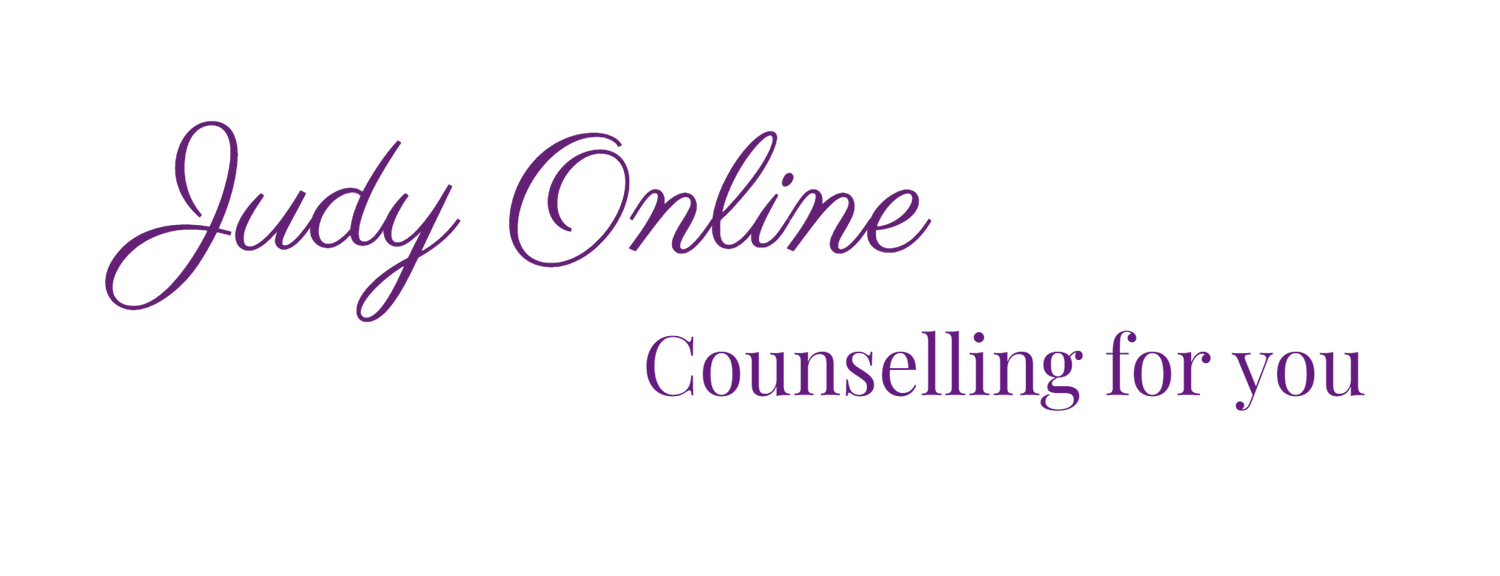Fearful Avoidant Relationship Style
According to attachment theory, our approach to forming relationships with other people is a direct reflection of our earliest experiences with our caregivers, as well as other influential relationships in our lives. There are three main attachment styles: secure, anxious and avoidant. The fourth is much rarer and that is fearful avoidant attachment.
What is fearful avoidant attachment
Fearful avoidant attachment is a pattern of behaviour in relationships that is marked by both high anxiety and high avoidance, where the person both craves connection but also fears getting too close to anyone. It is also known as disorganised attachment. The fearful avoidant style of attachment is believed to be a combination of the anxious attachment style and the avoidant attachment style. People with an anxious attachment style are constantly seeking more reassurance and intimacy in their relationships, often coming off as needy. Whereas people with avoidant style attachment tend to come across as the opposite and push others away out of fear of intimacy.
The fearful avoidant pattern of attachment involves a combination of both feeling anxious for affection and avoiding it at all cost. A 2019 study by Favez and Tiscot describe the fearful avoidant style of attachment as ‘reluctant to engage in a close relationship and a dire need to be loved by others’.
Common behaviours and signs of fearful avoidant attachment
fear of intimacy or relationships in general. Prefers to be alone or may withdraw altogether
avoiding commitment in relationships. Seeks to detach when met with conflict
heightened anxiety
may feel overwhelmed by partners needs or desire for closeness and pull away
difficulty expressing their emotionally intense internal experiences
negative view of themselves, feeling undeserving of healthy relationship
difficulty regulating emotions in relationships
tend to feel victimized in relationships
often tests partner’s to see if they will be abandoned
perceiving other people and their support as negative
having a high number of sexual partners
generally feeling unsatisfied with relationships
can be deeply empathetic and attuned to the needs of others
What can I do if I have this type of attachment
Attachment style is the reflection of what we have learnt from the past. It is just a reflection. It does not need to have much power over you anymore. Fearful avoidant attachment is nothing but a mesh of beliefs, memories and expectations hidden in your subconscious. These can be changed and there are a few proven ways to do just that. One of them is Neuro therapy. Here are some other tips to help in the meantime:
Acknowledge any childhood or previous relationship abuse, violence or trauma that is unhealed
Understand that your feelings are unconscious reactions of abandonment
Be gentle and kind with yourself in light of this revelation
Seek professional help this will help you learn better ways to cope in stressful situations
Practice setting firmer boundaries with yourself when you start to give too much. This will lessen your resentment
Develop mindfulness. Begin to understand why you make the decisions you make regarding your relationship. Mindfulness is the practice of being present in the moment and aware of your emotions about what is being said, or not said. Is this setting off a trigger for you? By simply being aware of your own fears, it is the first step in preventing them from controlling us and a good way of building up your self-awareness.
Be honest with your partners. As you work on your healing, find people that you trust to walk the journey with
Relational healing may occur with the right person who can hold and understand your conflicting fears around closeness
Get real about self compassion. This isn’t just a feel good catch-phrase for you. At the core, people with fearful avoidant attachment suffer from relationship insecurities instilled by your earliest caregivers or loved ones, that people are going to leave or reject you. You need to actively work to change a toxic mindset that views you as unworthy because of what happened in the past. And a true healing is possible, it comes from learning to give yourself the love, validation, security and support that you have been craving and so deserve.
Recognise and acknowledge where you have hurt others unknowingly
Develop relationships with people who have a ‘secure’ attachment style
How to approach someone who is fearful avoidant
Educate yourself about this attachment style so you are aware of not taking certain triggers personally.
Make an genuine effort to heartfully understand your partners fears and concerns.
Understand your partners anxiety can get triggered as you get closer to them.
Gently support your partner to get one on one therapy support if possible.
Set loving but firm boundaries if your partner threatens to leave the relationship.
Reassure your partner that you love them for who they are and not for what they can do.

